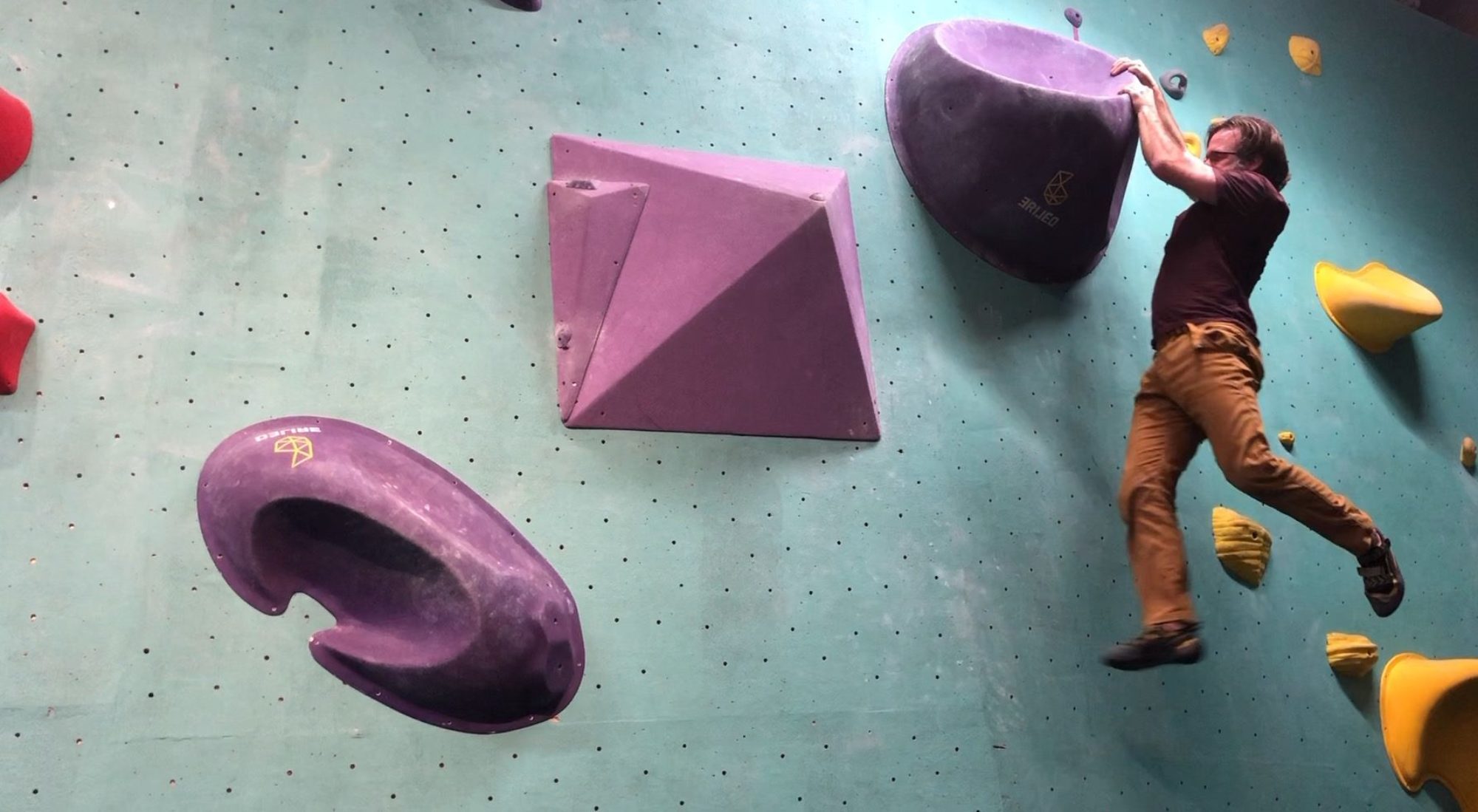“Wow, I have a balance problem.”
“No, You have a fear the wobble problem.”
Last week I was working with a personal training client. The exercises I had her doing became super challenging to her balance. She began to wobble and said, “Wow, I have a balance problem.” My response was “No! You don’t have a balance problem. You have a fear the wobble problem. Your balance is doing exactly what it is supposed to. It’s working! And that’s a good thing.”
For many of my clients, falling is a real concern. A fall can lead to bruises, broken bones, pain, and chronic injury. Most of my clients have an understandable fear of falling. This is the main reason I get my clients out of their comfort zone and focus a great deal of attention on including balance challenging exercises into training sessions. Balance is a skill, and just like any skill it improves when practiced well and diminishes when ignored.
Don’t Fear the Wobble
With a fear of falling comes a fear of being off balance… or a fear of the wobble. The “wobble” is my term for the neurological edge of where we still have control of our body in space before gravity takes over pulling us down to the ground with a loud and uncomfortable thud.
Fearing the wobble is understandable. An injury due to a fall can be devastating. However, there is a problem when the fear of the wobble or fear of a fall leads a change in movement behavior. The fear of the wobble means we are less likely to explore movement that is anywhere near our neural edge. Instead we pick smaller ranges of movements that are stable and safe. We stay within our “comfort zone”. We are less likely to move into physical spaces that makes us feel wobbly. This means that over time, we move less and explore smaller ranges of our movement potential. When we don’t explore the spaces outside of our comfort zone… our comfort zone literally shrinks. Eventually, the edges of movement that once felt stable begin to feel weak, unbalance, and wobbly. Again we retreat our movement even further back into a “safe” zone. This becomes a cycle that feeds into itself until standing and walking become wobbly, where the neural edge has become the distance of each step.
Next time you are at a grocery store take notice of how people 10, 20, or 30 years older than you move and walk. Notice how many people shuffle along. They don’t shuffle because they are old (which I write about here). It is because their comfort zone as well as their neural edge have grown so small. You can see how the fear of falling resides with each step. Even at advanced age, this can be improved significantly.
When the simple act of walking becomes wobbly we are at our greatest risk of falling. The unfortunate irony of this fear the wobble cycle is that instead of being safer the risk of falling actually increases. The smaller the neural edge, the less time we’ve spent training within specific fundamental movement patterns. If on our way through the parking lot, we slip or trip, the less time and room our nervous system has available before we reach the event horizon or point of no return. It doesn’t have to be this way.
I incorporate exercises that challenge the skills of balance into every personal training session. It is in these wobbly edges that our nervous system lights up, becomes re engaged, and challenged to support and prevent falling. By exploring the wobble, in a safe way, our edge expands wider providing a larger, more stable range to safely move. In essence, we push the event horizon further and further out. I want my clients to explore the wobbly edge in a SAFE environment where they won’t fall. So that when in “real” life, when they find themselves in an “unbalanced” position, and they truly need the ability to find balance… they have the skillset available to find it. But this means they must move and train outside their comfort zone.
Our comfort zone feels safe. In it we feel strong and capable. It’s called a comfort zone for a reason. This is where we have been successful for a long time. It’s where we spend the most time. This is not a good thing. When we remain inside our comfort zone for too long, we become rigid and inflexible. The world in which we move becomes smaller. Our strengths diminish. We become less capable and ultimately less successful. There is no growth by remaining in the comfort zone. You must push beyond fear the wobble resistance, and move outside your comfort zone to expand, grow, and evolve.
Much of the work I do involves moving people beyond their comfort zone. I want to challenge them. To do this, I set up a safe environment to challenge this fear and insecurity. I want them to see their fear, step forward into the wobble, and move freely beyond it. It is at the edges of our comfort zone that our nervous system gets really charged up. We work harder, break into a sweat, and feel challenged. This is where the magic happens. This is where we grow. In 10, 20, or 30 years do you want to shuffle in a small comfort zone fearing each next step? Do you want to fear the wobble? Or do you want to explore a world of movement with no edges?


